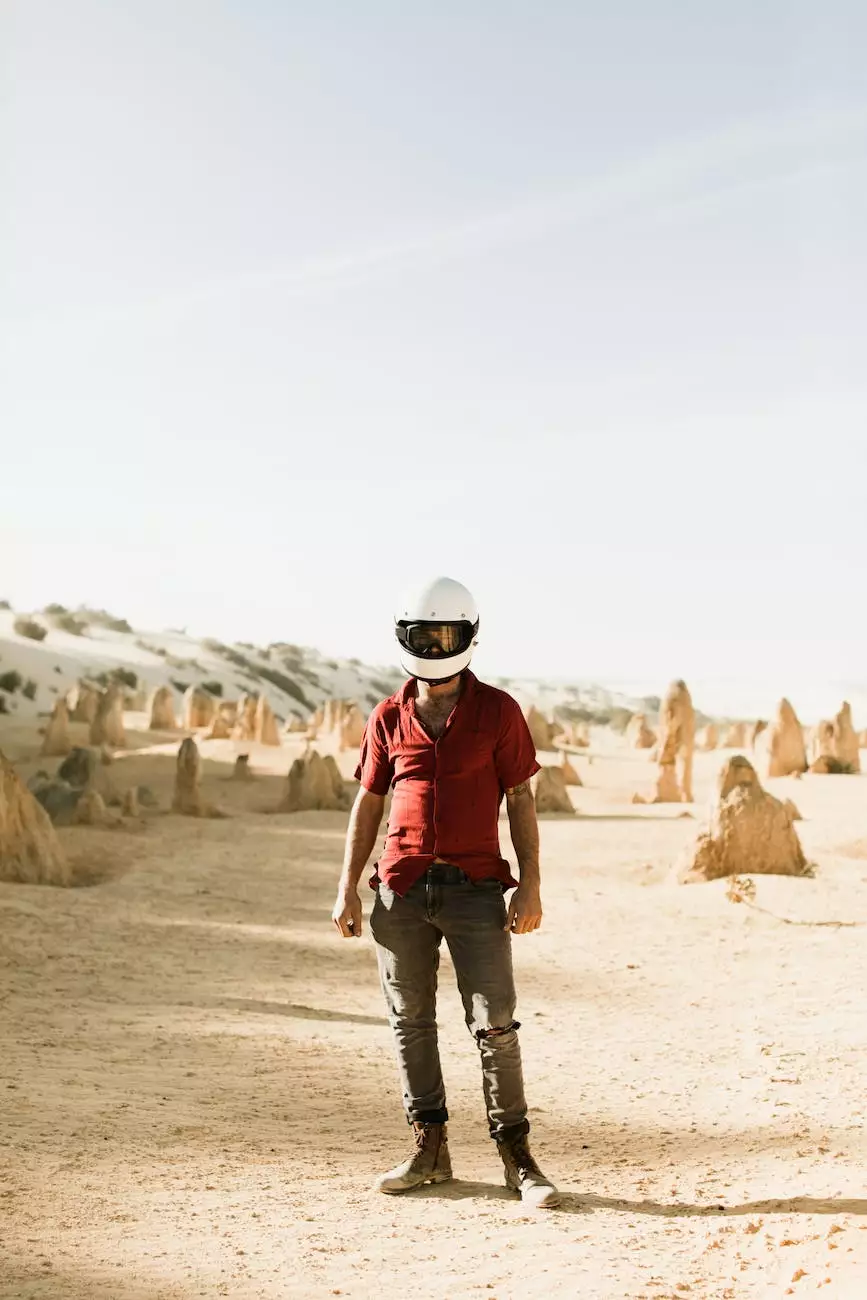How Are Tornadoes Formed?
Blog
Introduction
Welcome to Anza Blades' comprehensive guide on tornado formation. In this article, we will delve into the fascinating world of tornadoes, examining the processes behind their creation and the factors that contribute to their formation.
What Are Tornadoes?
Tornadoes are violent, rotating columns of air that are in contact with both the surface of the Earth and a cumulonimbus cloud or, in rare cases, the base of a cumulus cloud. They are typically accompanied by a visible condensation funnel, which helps to distinguish them from other types of intense convective weather.
Understanding Tornado Formation
Tornadoes are primarily formed within severe thunderstorms, where specific atmospheric conditions align to create a favorable environment for their development. The process involves the interaction of multiple factors, including temperature, moisture, wind shear, and instability.
Key Ingredients
In order for a tornado to form, there are three essential ingredients that must be present:
- Instability: A significant amount of unstable air, characterized by warm, moist conditions, needs to be present in the lower atmosphere. This instability often results from the vertical temperature and moisture variations within the storm system.
- Moisture: High levels of moisture are necessary for the sustenance and intensification of the thunderstorm that can produce a tornado. The availability of abundant moisture from a water source such as a warm body of water or a humid air mass helps to fuel the storm's energy.
- Wind Shear: Wind shear refers to the change in wind direction and speed with height. A strong wind shear creates a rotating cylinder of air within the thunderstorm called a mesocyclone. The presence of a mesocyclone is a prelude to tornado formation.
The Stages of Tornado Development
Tornadoes go through different stages of development, often referred to as their life cycle. These stages include:
- Stage 1 - Dust-whirl Stage: This initial stage is characterized by a visible dust cloud at the surface extending upward into the storm. A noticeable funnel cloud may or may not be visible from the base of the cloud.
- Stage 2 - Organizing Stage: During this stage, the tornado intensifies, with a more defined condensation funnel reaching down from the storm. The tornado becomes more structured and visible, rotating vigorously.
- Stage 3 - Mature Stage: The tornado is at its strongest during this stage, with a well-developed condensation funnel extending all the way to the surface. It exhibits the classic shape associated with tornadoes, with winds reaching their peak intensity.
- Stage 4 - Shrinking Stage: In this stage, the tornado begins to weaken, causing the condensation funnel to narrow and potentially lift off the ground. The intensity of the winds gradually decreases.
- Stage 5 - Decaying Stage: During the final stage, the tornado weakens further, and the condensation funnel becomes thinner or disappears altogether. The tornado eventually dissipates completely, though it may leave a trail of destruction in its wake.
Tornado Formation Factors
While the three key ingredients mentioned earlier are essential for tornado formation, several other factors can affect their intensity and likelihood. These factors include:
- Topography: The shape and features of the land, such as hills, mountains, and valleys, can influence the development and path of a tornado.
- Time of Day: Tornadoes are more likely to occur during the late afternoon and early evening when atmospheric conditions are often more conducive to severe weather.
- Weather Patterns: The larger weather patterns, such as frontal systems and jet streams, play a significant role in determining the likelihood of tornado formation.
- Climate: Different regions have varying climatic conditions that can influence tornado frequency. For instance, tornado alley in the United States is known for its higher occurrence of tornadoes.
- Climate Change: Ongoing research suggests that climate change may influence tornado formation and behavior, but the exact relationship is complex and requires further scientific investigation.
Conclusion
In conclusion, tornadoes are awe-inspiring natural phenomena that result from the intricate interplay of atmospheric conditions. Understanding the process behind their formation, as well as the factors that contribute to their intensity and occurrence, is essential for scientists, meteorologists, and the general public alike. We hope that this comprehensive guide provided you with valuable insights into how tornadoes are formed.
For more information on jewelry and gems, feel free to explore other content on Anza Blades' eCommerce & Shopping website and blog.










